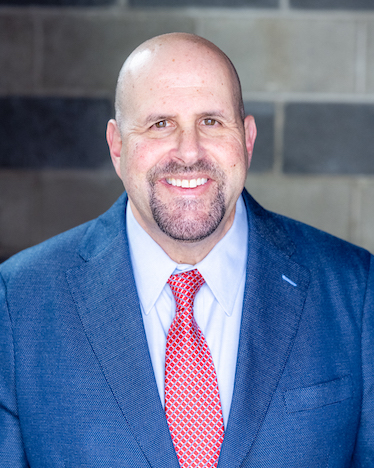Hit and run accidents magnify the severity of an auto accident in a couple of major ways. First of all, the driver is fleeing from their responsibility, second, they may be the only person nearby who is able to help the victim. If you have been the victim of one of these accidents, you may be experiencing the frustration and helplessness of essentially suffering injuries from an unknown assailant. Beyond the criminal ramifications, if you have been involved in a car accident and the other driver fled the scene of the crash, you may still be able to pursue compensation for your injuries. This is possible if you have a hit and run or uninsured motorist claim against your own insurance policy. Your insurance company will “step into the shoes” of the driver that caused the motor vehicle collision and pay on your claim.
Hit and Run Accidents in the U.S.
According to the National Highway Traffic Safety Administration, the definition of a hit-and-run crash is a collision where a vehicle is a contact vehicle in the crash and does not stop to render aid (this includes drivers who flee the scene on foot). Statistics show that almost one in five (18 percent) pedestrians fatalities in the U.S. are a result of a hit-and-run crash. This is one reason why many states treat hit and run accidents with more severity. For example, a recent Pennsylvania law boosts the maximum sentence for a fatal hit-and-run to 10 years from the current seven. Additionally, the crime is now a third-degree felony offense. For the families of hit and run victims, though, the changing penalty offers little consolation.What should I do after a hit-and-run accident?
If you have just been the victim of a hit and run accident, there are steps you should take immediately after the accident:- Assess your medical condition. You may need medical attention. You should immediately contact an ambulance if possible. Otherwise, try to attract the attention of a passing car or pedestrian who may be able to aid you.
- Jot down any information you can remember about the hit-and-run car and driver. The most important information is type and color of the car, any portion of the license plate number or letters you can remember, and any details about the driver.
- Gather any names and addresses of any witnesses at the scene if you are able. They may be able to help you identify the driver, and corroborate your story.
- Contact the police immediately. They will come to the scene to assess what happened and write an accident report. This report may become critical if you decide to pursue a personal injury case.
- Contact a hit-and-run lawyer. Even if police cannot locate the the hit and run driver, seek legal help. Your attorney can pursue an uninsured motorist claim against your own auto insurance carrier.
The hit and run accident lawyers at Abels & Annes offer free consultations
An injury attorney can:- Set up a claim
- Send a demand package to your insurance carrier
- Attempt to negotiate a settlement on your behalf
- Negotiate medical bill reductions
